
Secrets of UCSD
5 Reviews
Hello everyone! This is a friendly reminder that any of these fun places we may visit, we are a guest at. Please treat both businesses and trails with the utmost respect. We here at Hidden San Diego follow the 'Leave no Trace' mantra, meaning whatever you bring with you comes back with you. If you see trash on a trail, please do your part to help remove it. Remember, we are not picking up trash from another person but instead cleaning up for Mother Nature. Happy adventures!

9500 Gilman Dr.
La Jolla, CA 92093
Phone: (858) 534-2230
32.880637, -117.234593
Dog-Friendly: Yes Kid-Friendly: Yes
CHECK OUT OUR GUIDE ON ALL THE HIDDEN GEMS IN LA JOLLA FOR AN AMAZING DAY TRIP!
UCSD has an impressive collection of art sprawled across the 1,200 acre campus, with pieces dating back as early as 1982. The goal of the of the Stuart Collection is to “to enrich the cultural, intellectual, and scholarly life of the UCSD campus and of the San Diego community by building and maintaining a unique collection of site-specific works by leading artists of our time.”
 Artists are welcome to send proposals with the assistance of the Stuart Collection staff. Projects that are chosen are then submitted to the campus for review. Many of the artists who have designed works for the collection are associated with movements or attitudes which are seldom represented in public sculpture collections.
Artists are welcome to send proposals with the assistance of the Stuart Collection staff. Projects that are chosen are then submitted to the campus for review. Many of the artists who have designed works for the collection are associated with movements or attitudes which are seldom represented in public sculpture collections.
A significant number of the artists have been better known for their work in other areas before creating their first permanent outdoor sculpture for the Stuart Collection.
The campus architecture ranges from California cottages, World War II barracks, and structures from the 50’s and 60’s, to more recent buildings influenced by postmodern architecture.
Personal Experience: I was never a student of UCSD so was not in the “in” of their campus. One day while I was driving in La Jolla though, I happened to pass right by the school and decided why not explore? I had heard from many sources that there are some underground tunnels there. I figured I’d do a little walk around and see if I could find some of the entrances. I also had heard of some talking trees which I definitely wanted to see in person as well as the much-photographed giant bear.
While you’re in the area, make sure to check out the Salk Institute nearby!
While walking around the campus in search of these secret gems I began noticing some extremely interesting art installations. It did not take long for me to realize just how special this campus is and how seriously they take their artwork. If you are an artist or appreciator of art you need to walk around their campus for the installations alone!
These are some of the most interesting and compelling art installations I’ve seen in San Diego. I feel a bit foolish not knowing about this earlier or if I did, I must have brushed it off and forgotten about it. Bottom line: get out there art-lovers, trust me!
Richard Fleischner
La Jolla Project, 1984
The La Jolla Project is more commonly known on campus as “Stonehenge.” It is a popular place for students to go to talk or study. Learn more here.
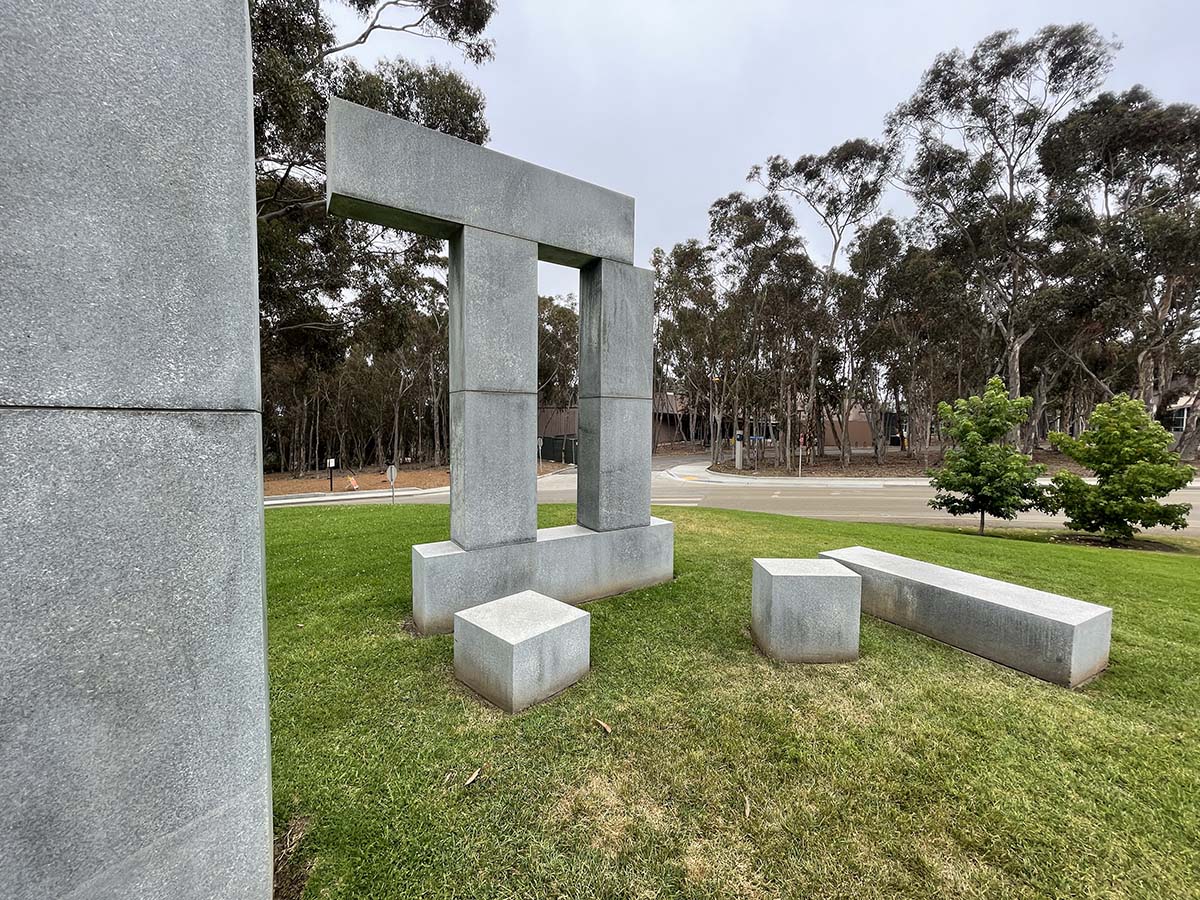
Bruce Nauman
Vices & Virtues, 1988
Nauman’s Vices and Virtues for the Stuart Collection consists of seven pairs of words superimposed in blinking neon, which run like a frieze around the top of the Charles Lee Powell Structural Systems Laboratory. Seven vices alternate with seven virtues: FAITH/LUST, HOPE/ENVY, CHARITY/SLOTH, PRUDENCE/PRIDE, JUSTICE/AVARICE, TEMPERANCE/GLUTTONY, and FORTITUDE/ANGER.
Original Class of ’68 autographs:
Nikki de Saint Phalle
Sun God, 1983
“Sun God is a statue by French sculptor Niki de Saint Phalle. The statue is a 14-foot multicolored bird-like creature, perched atop a 15-foot-tall horseshoe-shaped rock pedestal. Erected in February 1983 as a part of the Stuart Collection of public art projects, the fiberglass Sun God has become a unique feature on the UCSD campus. It is located on a grassy area between the Faculty Club and Mandeville Auditorium, on the eastern periphery of the John Muir College campus.
Since the 1980s the UCSD Associated Students organization has sponsored an annual event, the Sun God Festival, with the statue as its official mascot. Over the years numerous visual-arts students have accessorized the statue with items such as sunglasses, a cap and gown, an ID card, a large, water-spraying phallus, and even a nest with eggs painted in the statue’s trademark bright colors.” source
Nikki de Saint Phalle is the same artist who created Queen Califia’s Magical Circle Garden in Escondido.

Alexis Smith
Snake Path, 1992
Smith’s work for the Stuart Collection, Snake Path, consists of a winding 560-foot-long, 10-foot-wide footpath in the form of a serpent, whose individual scales are hexagonal pieces of colored slate, and whose head is inlaid in the approach to the Geisel Library. The tail wraps around an existing concrete pathway as a snake would wrap itself around a tree limb. Along the way, the serpent’s slightly crowned body circles around a small “garden of Eden” with several fruit trees including a pomegranate.
There is a marble bench with a quote from Thomas Gray: “Yet ah why should they know their fate/When sorrow never comes too late/And happiness too swiftly flies/Thought would destroy their Paradise/No more, where ignorance is bliss, tis folly to be wise.” The path then passes a monumental granite book carved with a quote from Milton’s Paradise Lost. ” And wilt thou not be loath to leave this Paradise, but shalt possess a Paradise within thee, happier far.”

The Geisel library is stunning and a photographer’s dream, much like the Salk Institute which is across the street from the campus: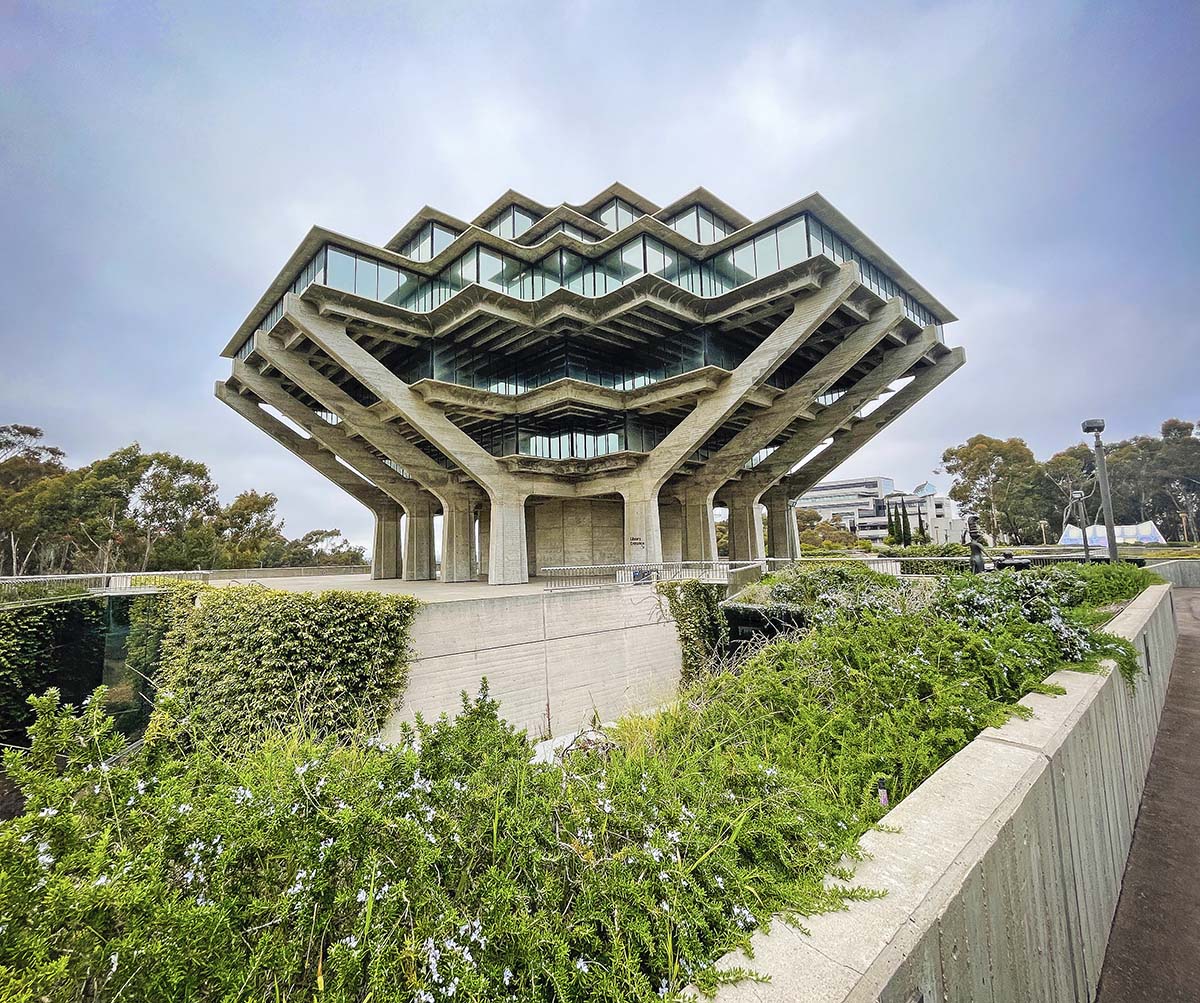
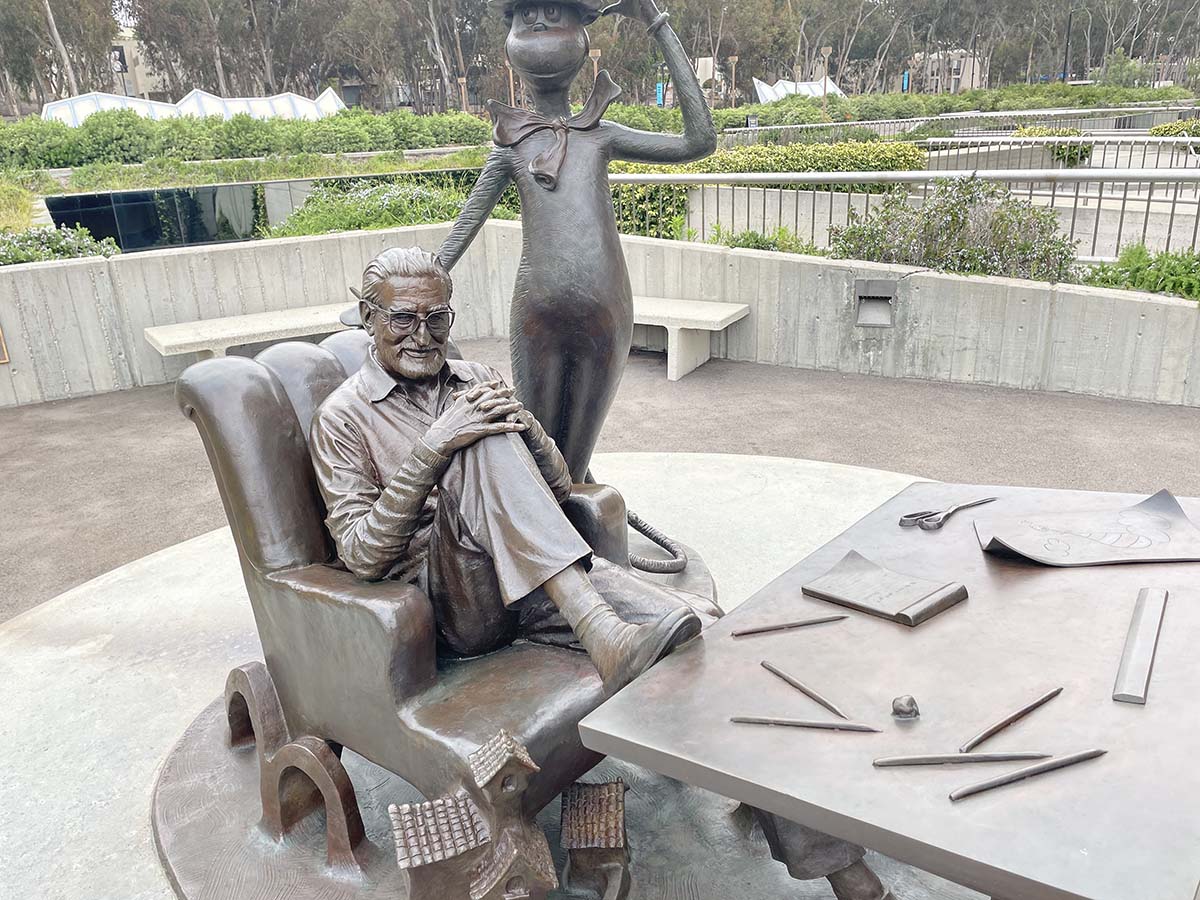

Love these technicolor windows below it: 
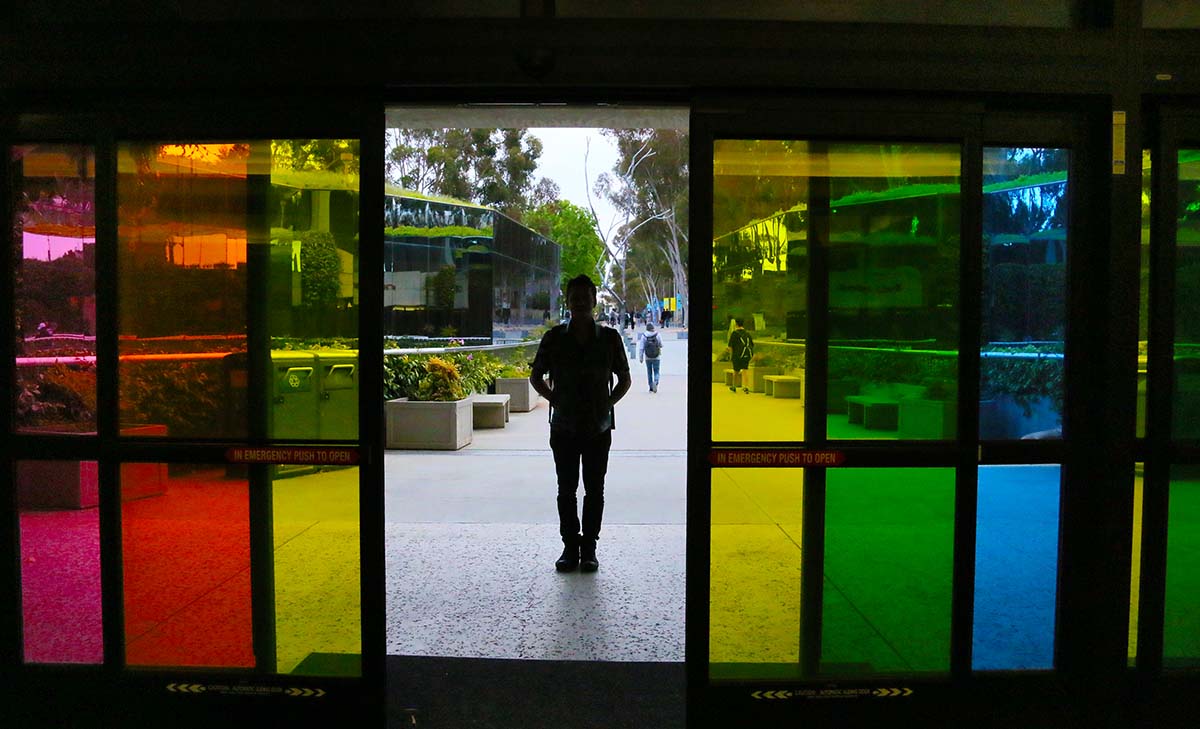
Do Ho Shu
Fallen Star
Fallen Star Public Hours: Tuesdays & Thursdays
11:00 am – 2:00 pm
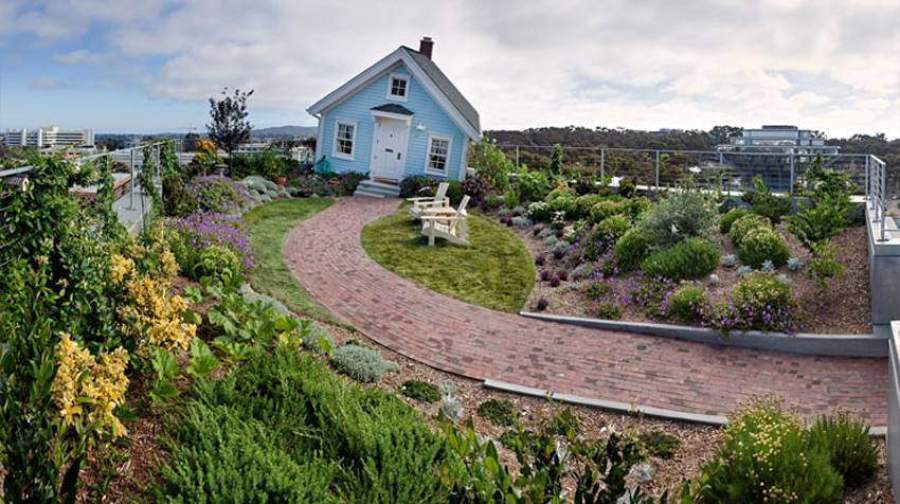

 Tim
Tim
Hawkinson
Bear, 2005
For the Stuart Collection, Tim imagined a bear constructed of boulders. Eight granite stones – torso, head, ears, arms, and legs – were found locally. Together they make a bear 23’6″ feet high with a total weight of 180 tons.
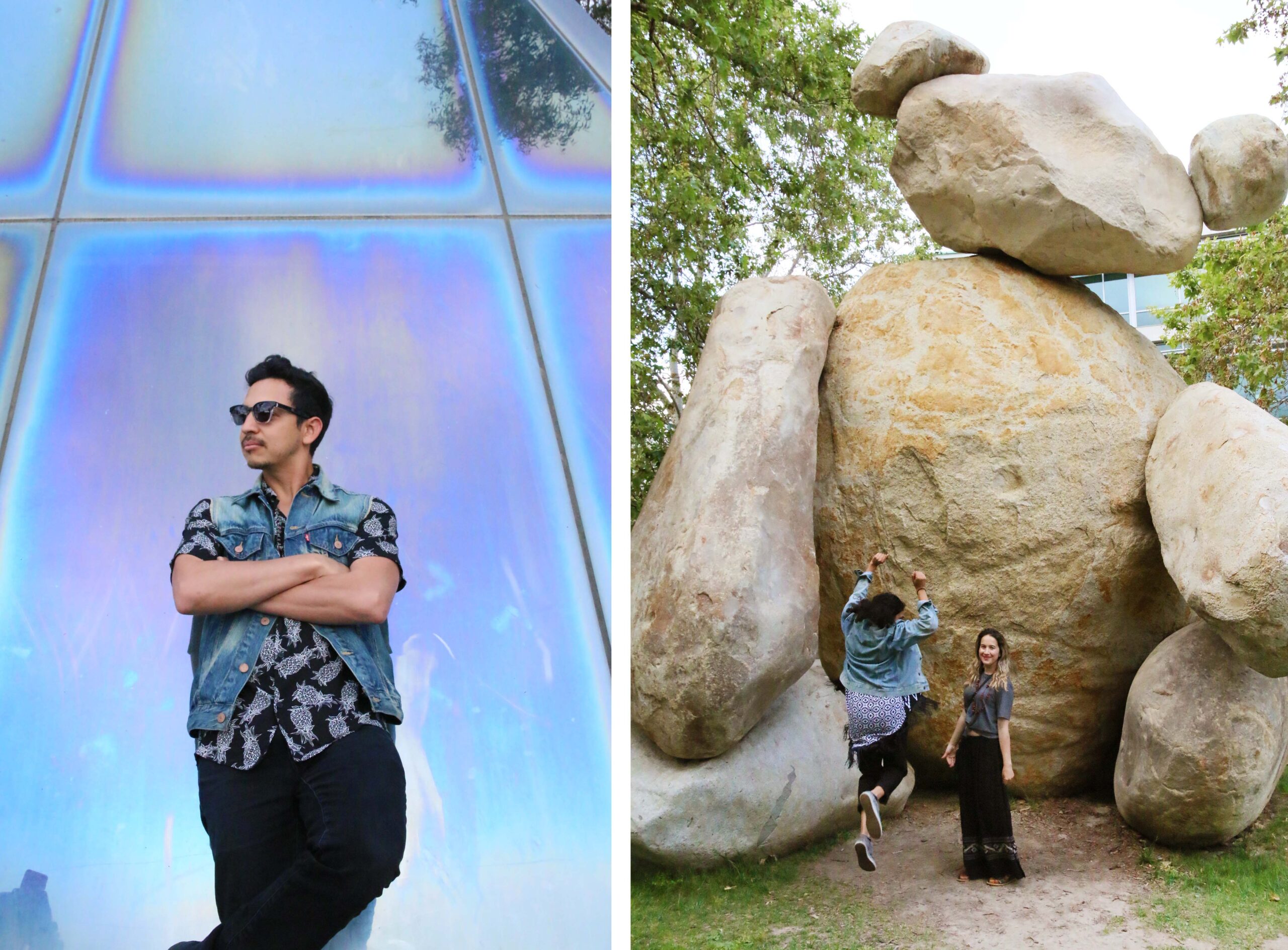
Terry Allen
Trees, 1986
Amongst the Eucalyptus grove are a few “special” trees. They blend in with the rest but if you look closely (or if you’re lucky, listen closely) you will find the “talking trees”. These trees have 6 hours of recordings but there are moments of silence.
 Ian’s Garden:
Ian’s Garden:

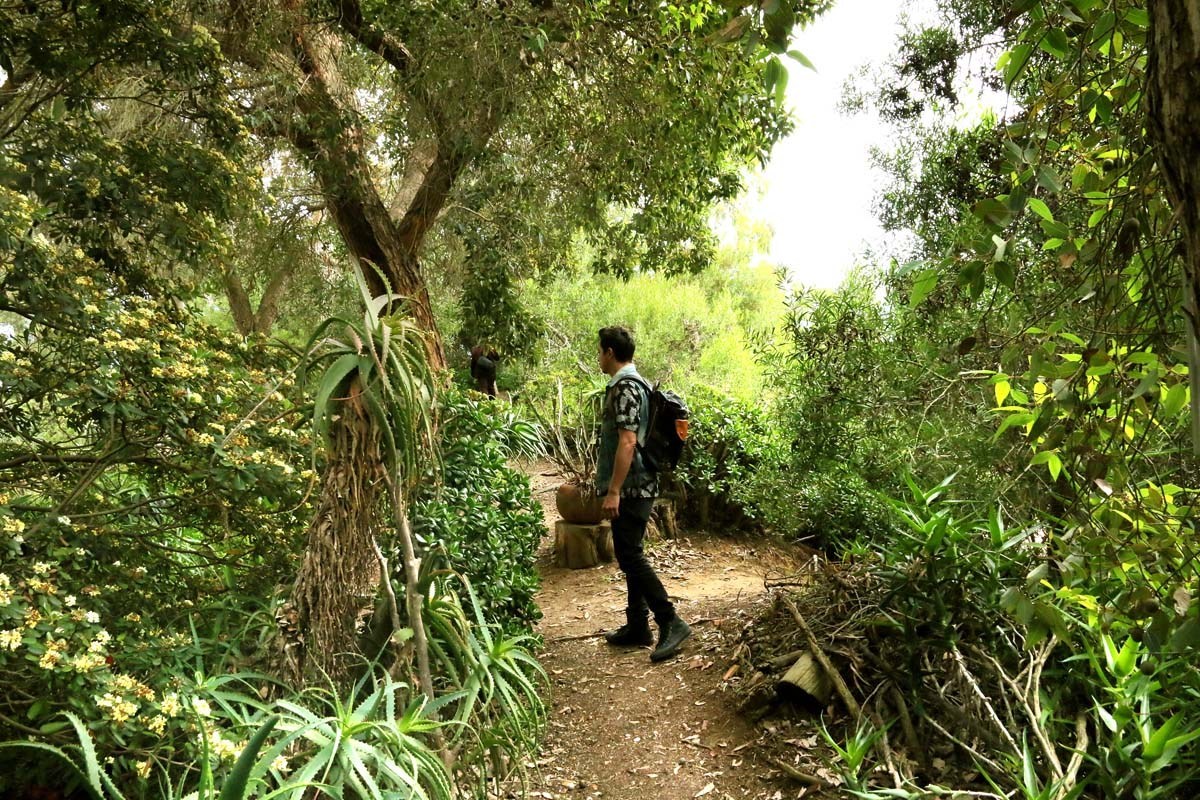
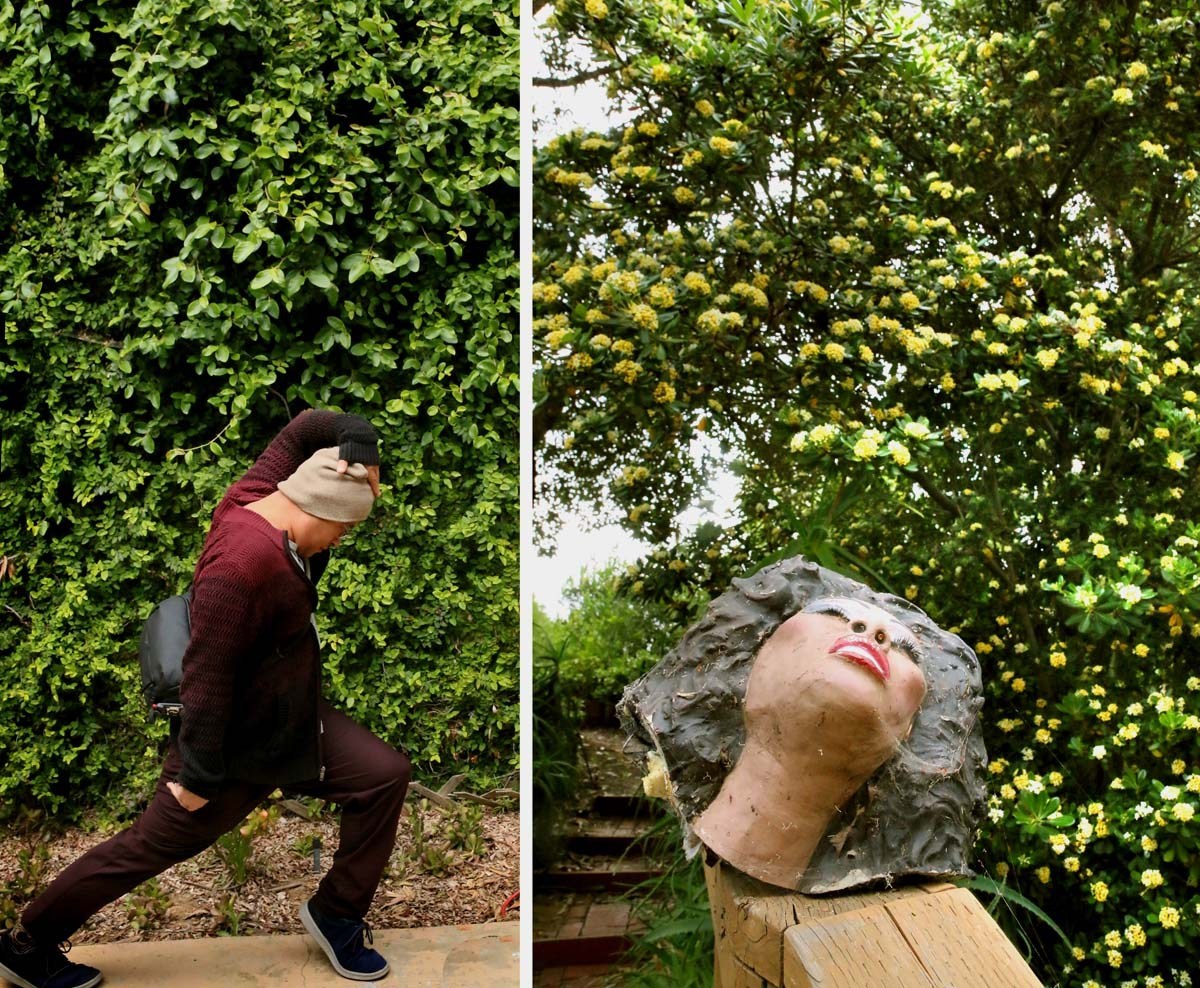
And we finally received photos of the underground tunnels, courtesy of Elaine Branson!
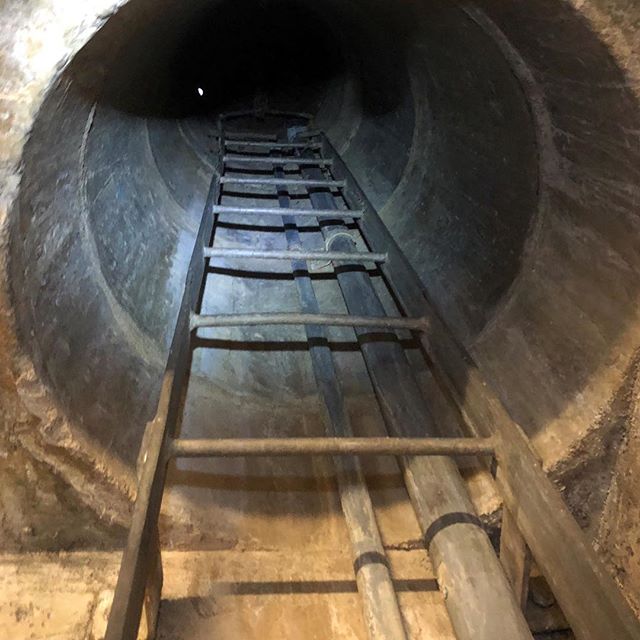
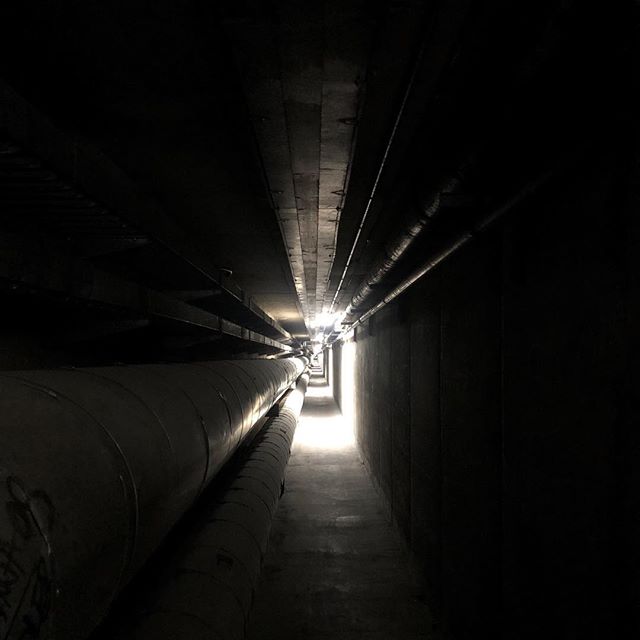

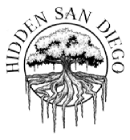


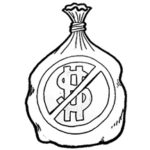



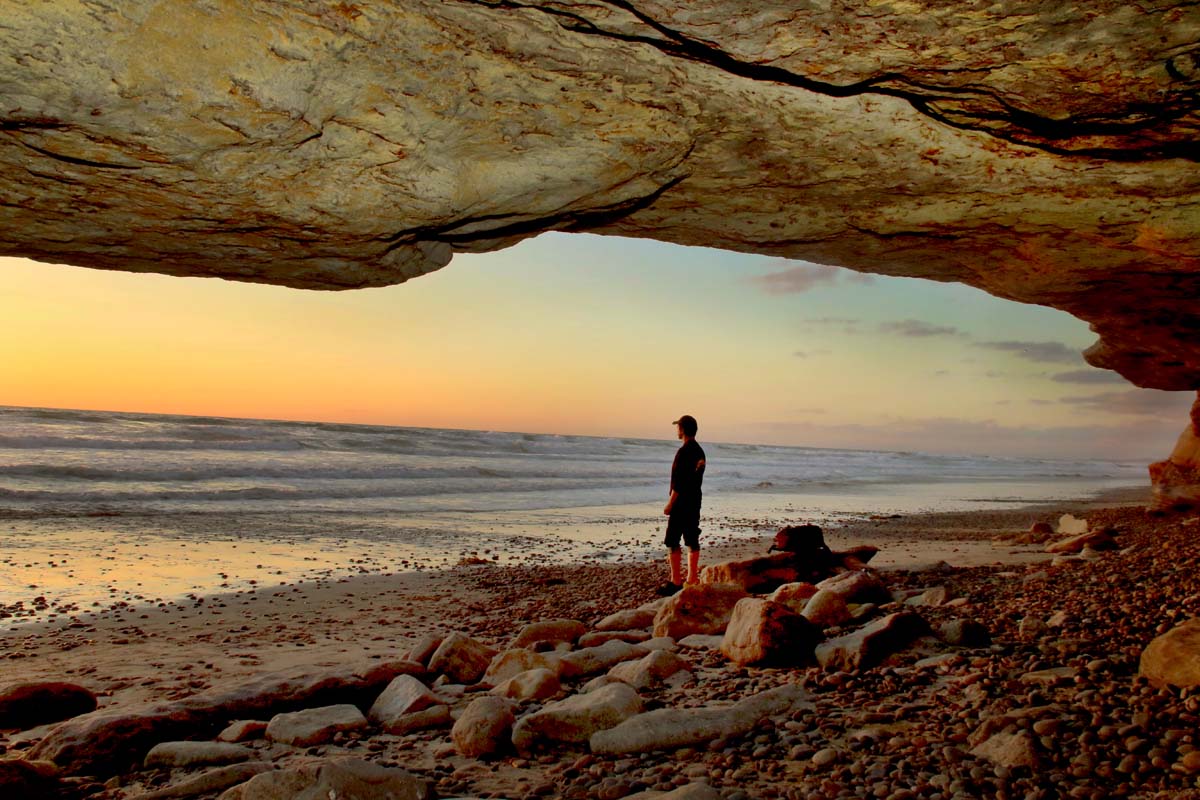
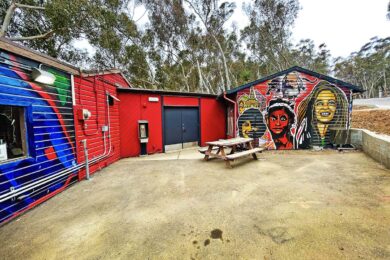

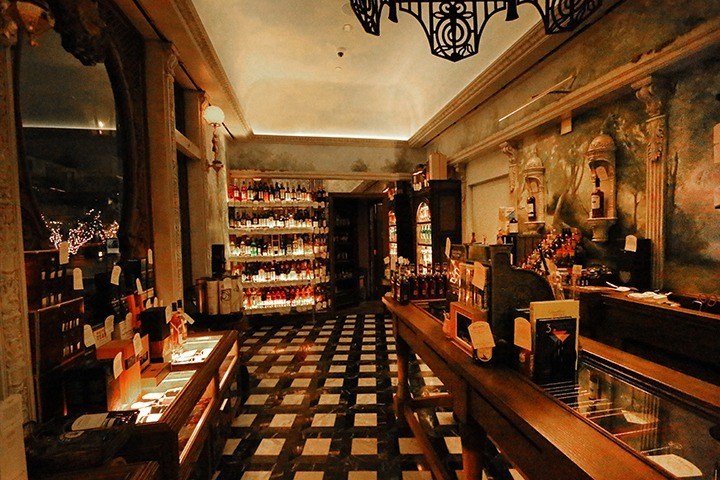
hi
Surprised you didn’t go to the Che Cafe back then
April 12, 2015
anonymous
yours so pretty Jessica you have so much style and grace
October 25, 2016
Zephon
The hidden tunnels at UCSD were used to transfer biological and chemical weapons development experiments between labs.
UCSD was previously an US Army base and was given to UC for this purpose.
P.S. – Harold Urey renowned as a UCSD professor was instrumental on the development of that atom bomb/Manhatten project
January 9, 2017
Melissa
NEVER GO THERE EVER IT IS RELLY HUNTED.???????
July 30, 2017
Fred
A student in 1970 burned himself to death in the square at Revelle Plaza. Some of the scorched bricks were relocated to another spot on campus along one of the walking paths.
April 18, 2019